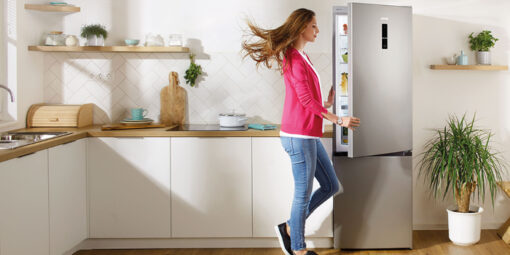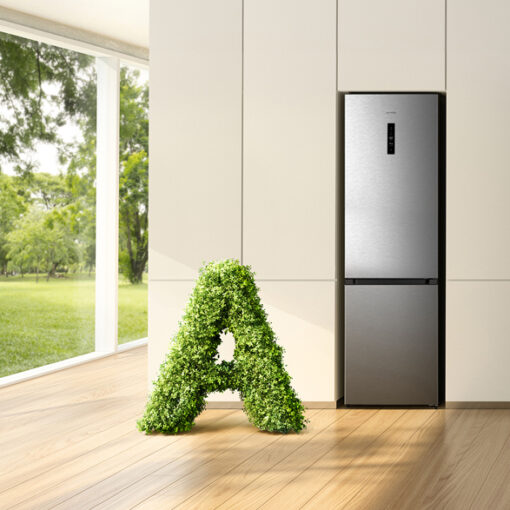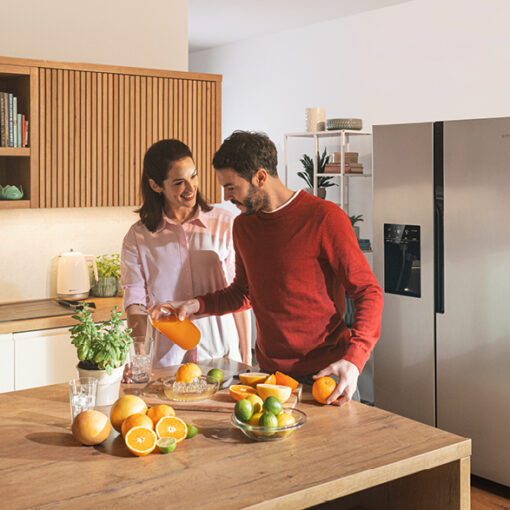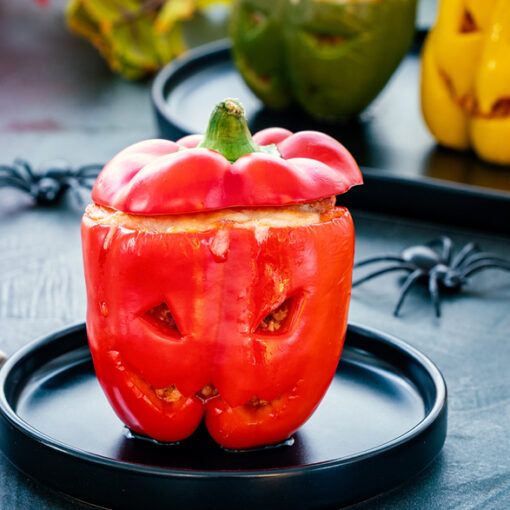Zero-waste Kitchen? Yes, It Is Possible!
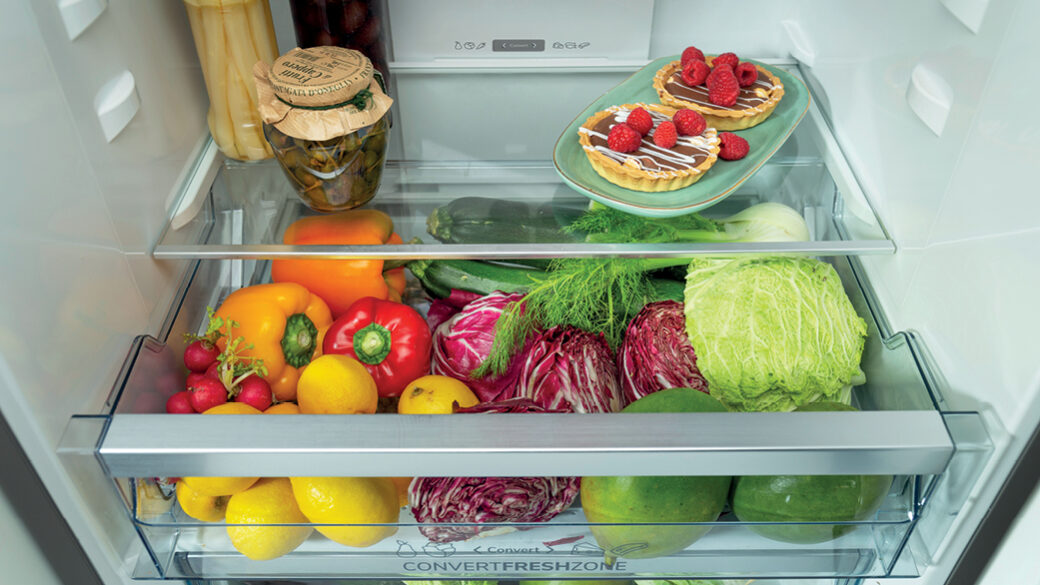
A sustainable lifestyle does require some adjustment and perseverance, but it definitely pays off. Your health, the environment, and your wallet will thank you. So, what’s a zero-waste kitchen all about?
Life without waste is an increasingly popular principle, which represents a clear departure from consumer lifestyle and highlights responsibility for the environment. In the kitchen it all starts with reducing plastic waste and ends with less discarded food. Given that Europeans still throw away, on average, around 70 kilograms of food per person per year, it is high time we become more aware and do something good for ourselves and the planet.
Start small but be decisive. Of course, not everything can be used in the kitchen and some things might still turn up in the trash can, but with good planning, you will able to waste much less than you’d expect. And it will make you feel great.
1. Start with planned shopping
The first rule of zero-waste cooking is: think about how you can make full use of the ingredient. And only then do you go shopping for the items that are missing. It also helps to know your eating habits well as this will make it easier to compile a shopping list of foods that your family will actually eat. Take a close look around the cupboards and in the refrigerator: What do you eat immediately? What do you have left? Remember: you should regularly check foods for their shelf life and place the foods with the shortest shelf life in the first row of the cupboard or refrigerator. Focus and plan a weekly menu and also choose a day when you will only cook and eat the leftover foods.

2. Not everything is waste
Think about it – what does usually end up in your trash can? On average, people mostly throw away fruit and vegetables. But not every piece of fruit or vegetable that looks a bit shrivelled belongs in the garbage. Mix them in a smoothie, dehydrate them to make dried fruit or cook them to make jam or compote.
Another example of saving commonly wasted food is bread. Stale bread might not seem like the most versatile of foods, but you’d be surprised. Either as bread pudding, breadcrumbs or ribollita, Italian bread soup, there are plenty of possibilities to use leftover bread.
3. Can’t use it? Freeze it!
If at some point you can’t use the leftovers or don’t have the time to prepare them, simply freeze them. Simply put all the vegetables scraps in the freezer every day and after a while you will have enough to cook vegetable stock or broth. You can also mince and freeze leftover herbs in oil or water before they go bad.
This is where FastFreeze technology comes in handy. It will help you freeze the food quickly and efficiently and can be used with major purchases (buying in bulk, food sales or clearance, etc.). It’s also convenient when you cook ahead of time or want to preserve the prepared meals for later. And don’t forget to read all about your (almost) invisible health assistant – here.
4. Ideas for vegetable lovers
Do you throw away potato peels? Potato peels have the most nutrients and if you fry them you get a crunchy alternative to fried potatoes. Carrot peels and other root vegetables also deserve to get their place on the menu: cook them, mash them finely, add lentils, and a little flour – and you get a innovative vegetable burger patty. Transform broccoli or cauliflower stalks into vegetable chips by grating them and baking them in the oven. Do you have a piece of kohlrabi or zucchini left? Chop them up and wrap them in a tortilla.
Beetroot can also be used whole, including the greens, which work well in a variety of smoothies. Most people also discard the green, edible part of cauliflower. As is the case with most peels and other vegetable scraps such “waste” can be collected and cooked in a stew or as vegetable stock. Alternatively, you can dry the vegetable scraps and mix into a vegetable powder that can spice up soups.
If you want to eat more vegetables, it might be also be a good idea to look into cooking with steam. Not only is steam cooking one of the healthiest cooking methods, but the steam ensures the food is tender, juicy, more nutritious and tastier. Excellent taste means more vegetables get eaten and less wasted. Steam ovens are also perfect for defrosting since warm steam evenly surrounds the food without creating hot spots.
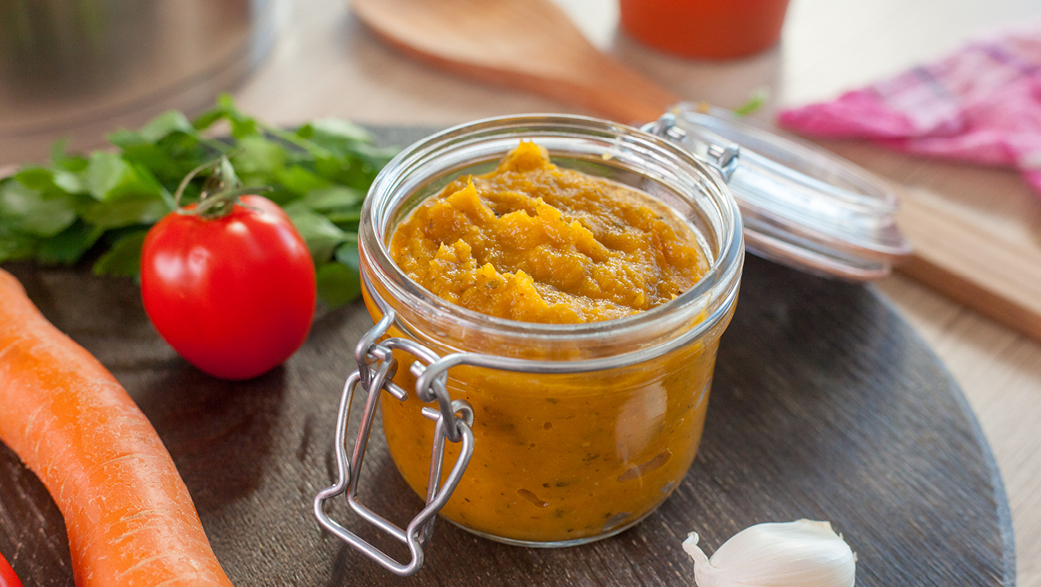
5. Surprise yourself
How about making a new habit? Once a week prepare yourself a surprise meal. Clear the cupboards of any and all leftovers – you will be surprised at everything you might find there – and make a meal out of them.
Just as you’re stacking the dishes in the dishwasher a simple glimpse towards the empty trash can put a big smile on your face. This is your zero waste kitchen.


